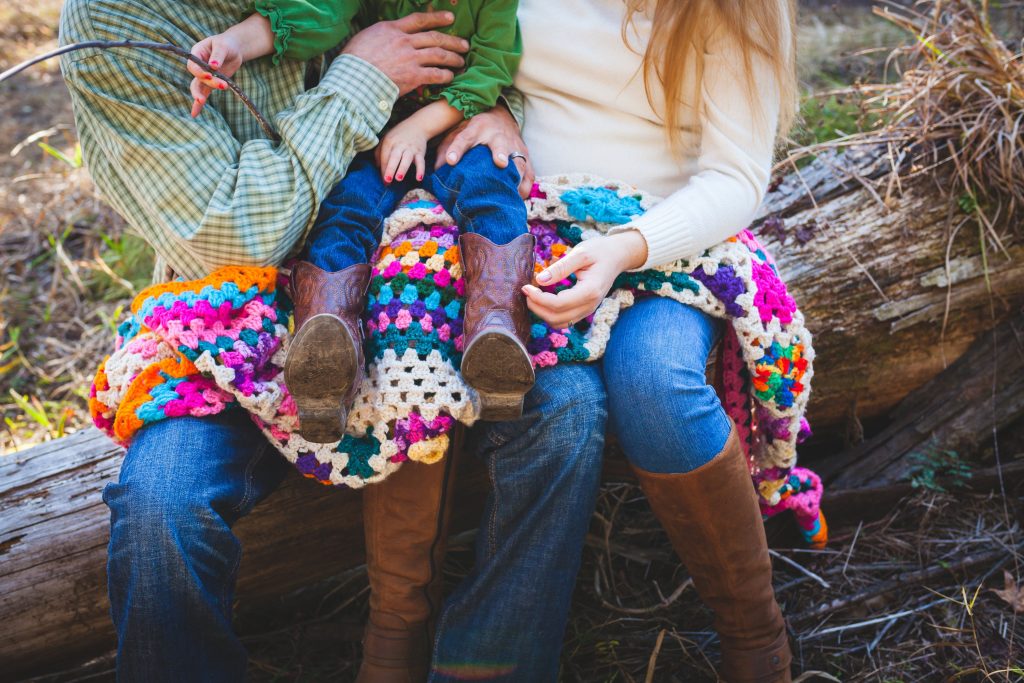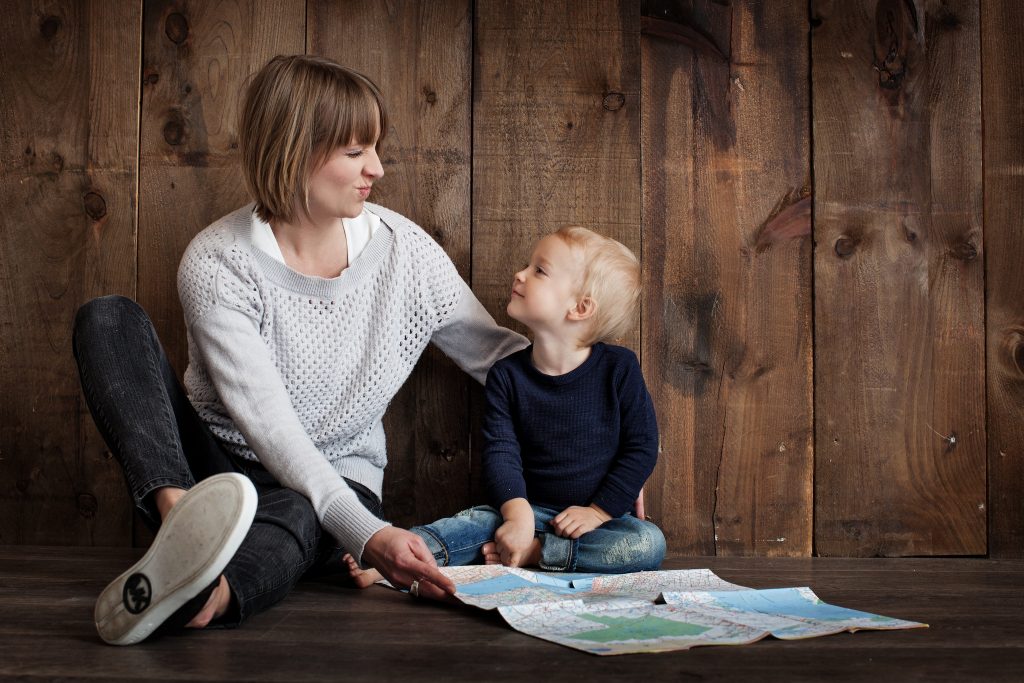 All kids get an occasional headache or stomach ache — think not enough sleep or too much Halloween candy. But when children get them often, they may be signs of anxiety.
All kids get an occasional headache or stomach ache — think not enough sleep or too much Halloween candy. But when children get them often, they may be signs of anxiety.
Stomach aches in the morning before school. Headaches when there’s a math test on the schedule. Butterflies before a birthday party. Throwing up before a soccer game. These physical symptoms may be the first evidence a parent has that a child is anxious. In fact, the child may not even know she is anxious.
“Especially with kids who may not be able to verbalize what they’re feeling anxious about, the way their anxiety manifests can be through physical symptoms,” explains Amanda Greenspan, LCSW, a clinical social worker at the Child Mind Institute.
Physical symptoms of anxiety
In fact anxiety is associated with a host of physical symptoms, including headaches, nausea, vomiting and diarrhea, along with a racing heart, shakiness or sweating — symptoms older people experience when they’re having a panic attack.
All these physical symptoms are related to the fight-or-flight response triggered when the brain detects danger. All of them have a purpose, notes Janine Domingues, PhD, a clinical psychologist at the Child Mind Institute. When she talks to kids about anxious headaches or stomach aches, she explains the role of each.
For instance, she says, “your stomach hurts because your digestive system is shutting down to send blood to other areas of your body. You don’t want to be digesting food at that moment because you’re trying to either flee danger or fight danger.”
Dr. Domingues assures children that these symptoms are not harmful — they’re just their emergency system responding to a false alarm. But it’s important to understand that kids aren’t necessarily inventing their symptoms, and the danger may feel very real to them. Don’t assume a child who spends a lot of time in the nurse’s office at school is doing it intentionally to get out of class. Her acute anxiety may be causing her pain.
“Headaches and stomach aches related to anxiety are still real feelings, and we want to take them seriously,” says Ms. Greenspan.
 Check with your pediatrician
Check with your pediatrician
When a child develops a pattern of physical symptoms before school, or other potentially stressful moments, experts recommend that you visit your doctor to rule out medical concerns. But if the child gets a clean bill of health, the next step is to help the child make the connection between their worries and their physical symptoms.
“We help them understand in a very child-friendly way that sometimes our body can actually give us clues into what we’re feeling,” explains Ms. Greenspan.
Parents can start by validating their child’s experience and reframing it in a more helpful way. Instead of telling kids there’s nothing wrong with them, the goal is to tell them that what they’re feeling is worry.
“We give it a name,” adds Dr. Domingues. “We help them connect it to an emotion and label it.”
And after some practice kids are able to identify it, she adds. ” ‘Yes, my stomach hurts and, oh yeah, I remember that’s because I’m feeling worried.’ And after learning some skills to help them calm down, I think they feel a sense of control. And that helps.”
What can parents do to help?
The first thing our experts suggest is something parents should not do, or at least try not to do: Let kids avoid things they are afraid of. It can be very tempting when children are complaining of a headache or stomach ache to let them stay home from school, or skip the party or the game they’re worried about. But avoidance actually reinforces the anxiety.
“If we’re allowing them to avoid it,” says Ms. Greenspan, “then they’re not able to learn that they can tolerate it.” The message needs to be:
“I know it hurts, I know it’s uncomfortable, but I know you can do it.”
Another things parents should not do is ask children leading questions like “Are you worried about the math test?” Questions should be open ended, to avoid suggesting that you expect them to be anxious: “How are you feeling about the math test?”
If the problems your child is having are disrupting his ability to go to school consistently — or concentrate at school, participate in activities, socialize with peers — he might have developed an anxiety disorder that should be treated by a mental health professional. The treatment favored by most clinicians for anxiety disorders is cognitive behavioral therapy (CBT). CBT helps kids — as young as 5 years old — identify their anxiety and learn skills to reduce it.
The techniques clinicians teach children to calm down body and mind can also be deployed by parents, for children with less impairing symptoms.
 Techniques for calming down
Techniques for calming down
Here are some of the techniques clinicians teach anxious children, adapted from CBT and mindfulness training:
-
- Deep breathing: Drawing in air by expanding the belly, sometimes called belly breathing, helps kids relax by slowing breathing, and reducing the heart rate, blood pressure and stress hormones. It can also help relax tense stomach muscles.
- Mindfulness exercises: Techniques such as focusing on what’s around them, what they see and hear, can help pull children away from the anxiety and ground them in the moment.
- Coping statements: Children are taught to “talk back to their worries,” Ms. Greenspan explains. “They can say, ‘I’m feeling scared and I can handle it.’ Or something along the lines of, ‘I’m bigger than my anxiety.’”
- Coping ahead: Children are taught that when you have to do something that makes you nervous, it helps to anticipate that you might have some discomfort, and plan what you can do to counteract it, knowing that if you can push through it, it will get easier.
- Acceptance: This involves acknowledging the discomfort without fighting it. “Instead of trying to push the feeling away and get rid of it,” Dr. Domingues explains, “we ask you to hold onto it and tolerate it and get through it.”
 The parents’ role is key
The parents’ role is key
It’s only natural that parents don’t want to see their kids in distress or make them go to school when they’re worried that they’ll throw up. That puts parents in a difficult spot. “What we hear from parents is, ‘We just let him stay home one day — and one day led to three months,’ ” says Dr. Domingues. It’s a slippery slope — the child may ask to stay home more and more.
“So we work with parents a lot around how to find that balance between enabling anxiety and meeting a child where they are,” she adds. “And we also give them statements that they can use to be empathic and encouraging at the same time. For instance: ‘I know that this is really hard and you feel like you’re sick. But we also know that this is anxiety, and you can get through it.’ ”
Sometimes setting up a reward system can help by giving a lot of positive reinforcement for kids pushing through their anxiety.
Parents also face the challenge of tolerating their own anxiety about pushing a child who says she is ill or worried about vomiting. “If your kid is in distress and talking about not wanting to go to school or feeling sick or thinking they might throw up,” says Dr. Domingues, “then you’re, as a parent, also anxious that that might happen.”
Information provided by https://childmind.org/article/anxious-stomach-aches-and-headaches/
